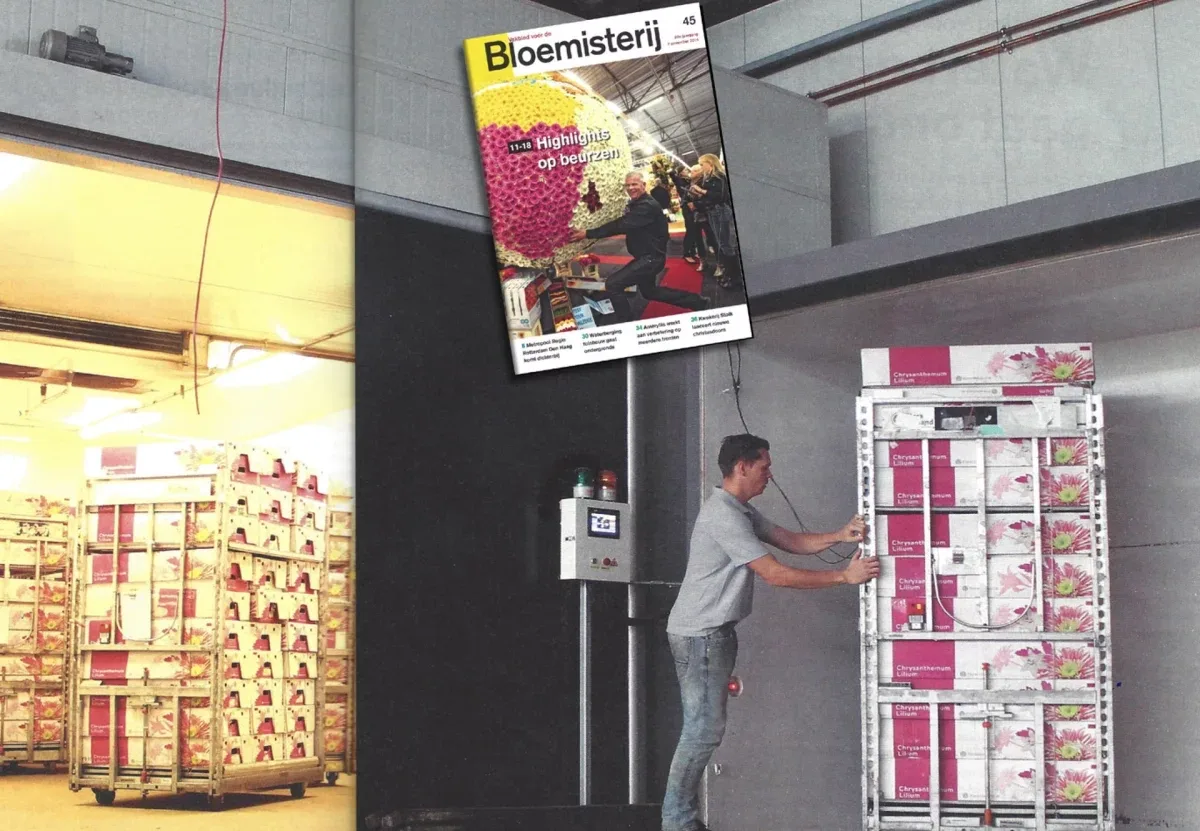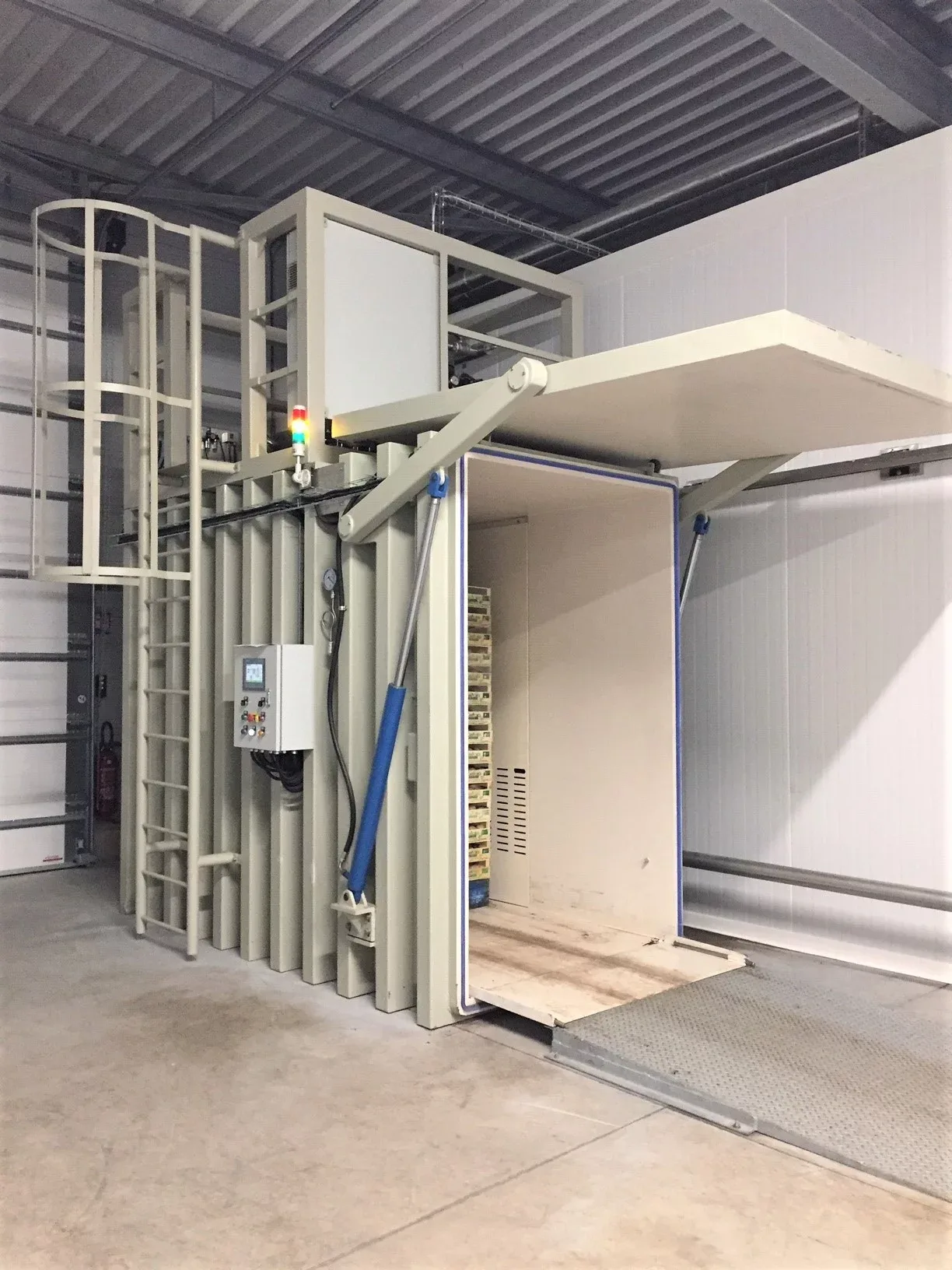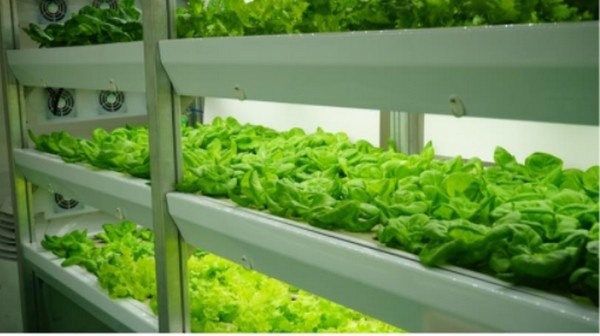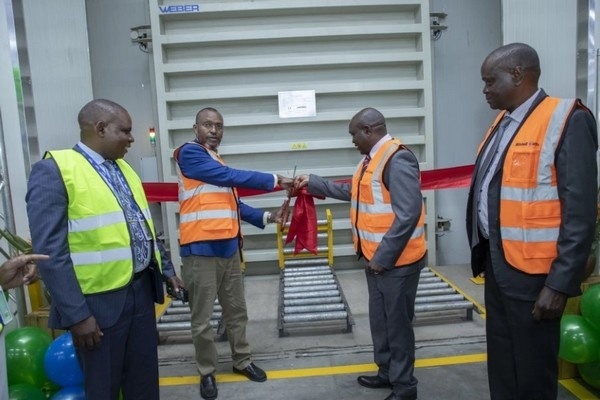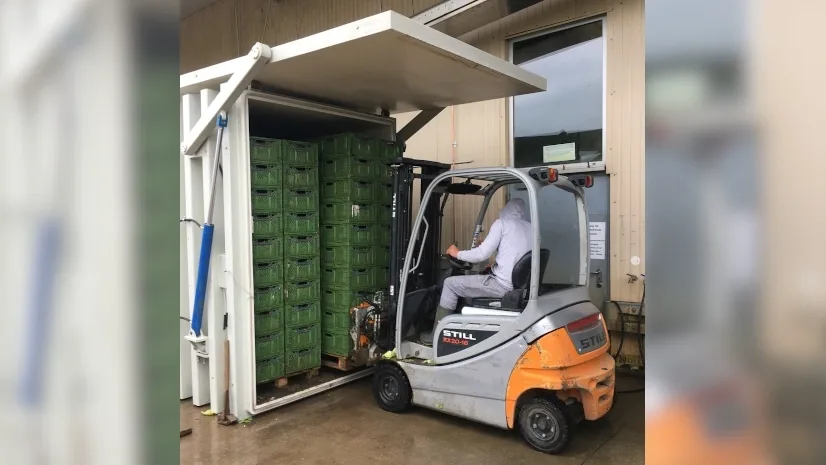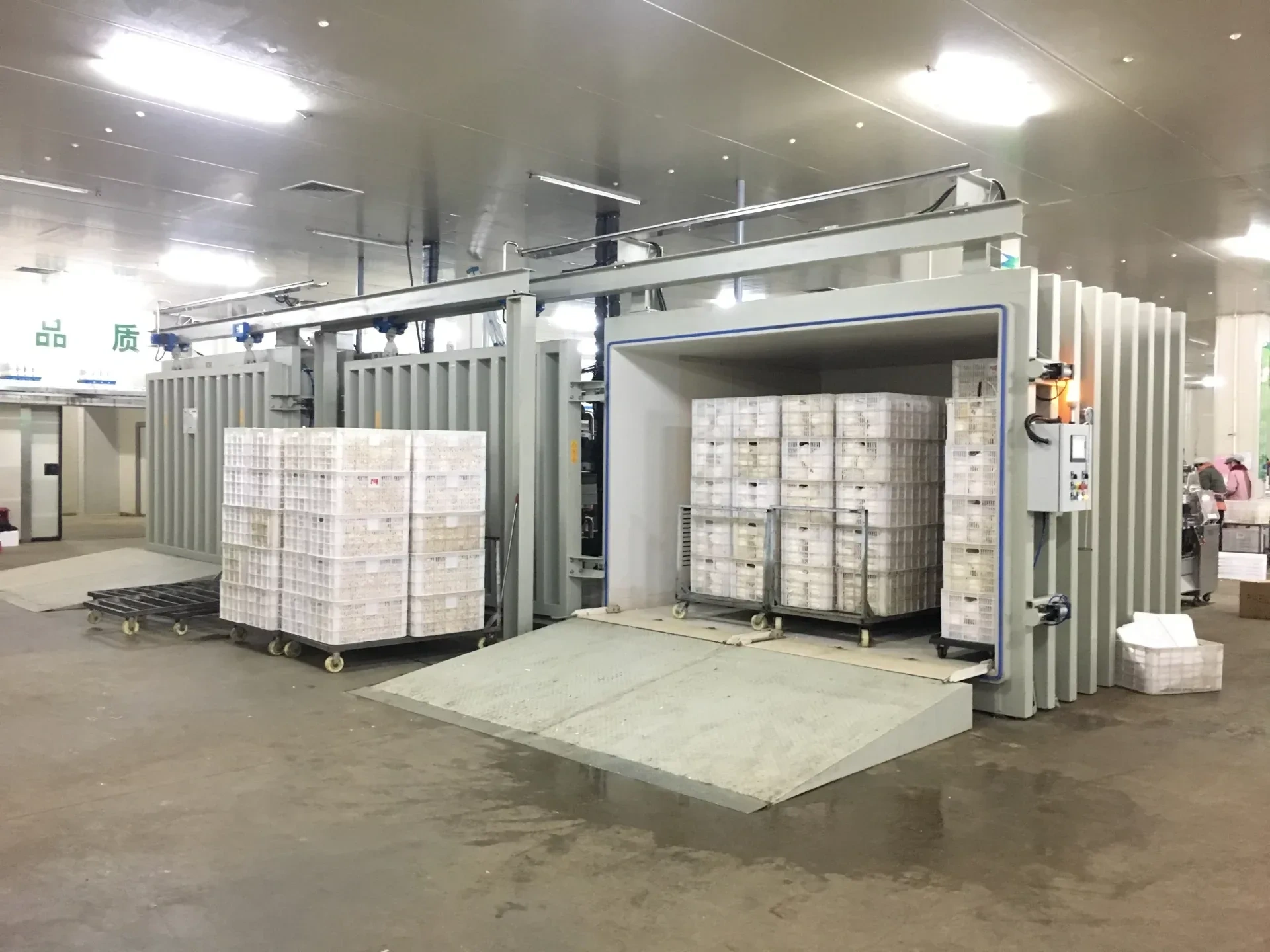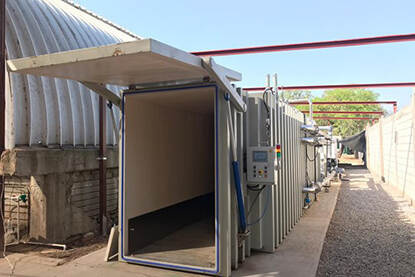Big quality win with new vacuum cooler
THIS SPRING WEBER COOLING INSTALLED A VACUUM COOLER AT SQ FLORA IN NAALDWIJK. QUALITY IS KEY, AS THE CLICHÉ GOES, AND MOREOVER, THE TRADE IS FROWNED UPON WHEN FLOWERS KEEL OVER IN THE SHOP. THEREFORE, COOLING BACK AS MUCH AS POSSIBLE IS A MUST, AND FASTEST AND MOST EFFICIENT WAY TO DO THIS IS WITH VACUUM COOLING.
"When product leaves us, it has to be as cold as possible. Preferably around 4 or 5 degrees," explains Steven van Reeven, salesman at the trading company. "In the chain, the stalks almost always warm up again; a trolley is always outside somewhere for a while. There's an extra 10 degrees between the moment we send it out and the moment the customer unwraps their flowers. However, from 4 to 5 to 14 to 15 degrees is still a huge gain compared to 14 to 15 degrees to 24 to 25 degrees."
All imaginable measuring points cool back just as quickly
That is what normally happens. In a standard refrigeration system, it takes hours before the cold is properly absorbed. Moreover, the heat is actually in the box and, when stacked on pallets, in the middle few. This logic does not apply to vacuum cooling: at all conceivable (measuring) points, the crop cools down just as quickly. This happens at a fast pace - 20 to 25 minutes is usually enough, and moreover, in larger bounds.
The principle of vacuum cooling is that it goes faster the more water you extract from the product. This also means that not all products can withstand it equally well. In fresh produce, for example, strawberries and asparagus appear to be poorly able to cope with large sudden changes in temperature. "We don't have a list of what can and cannot be tolerated," says Steven, "but we did find that bouvardia, for example, finds it harder to tolerate rapid cooling. Also, a number of green bouquet fillers turned out not to be too strong. But large products such as chrysanthemum, lily or lisianthus are harder and that goes very well."
In terms of trade, SQ Flora focuses to a large extent on the Middle East. That is, everything is airfreight, products never leave in water but always dry in a box. In flowers, a functioning cold chain is always of great importance, but leaving a box of peonies in the sun at 20 or even 40 degrees is disastrous.
Datalogger
"We send a data logger with almost all shipments", concludes Steven. "That is primarily for claims purposes, but it also allows us to chart where and when the temperature rises the most. That way you find out that it almost always has to wait somewhere, and that's also how we get to the 10 or so degrees of warming."
One unit has been installed, which can be used to cool a pallet at a time. Its advantages have not gone unnoticed in the chain. For example, more and more growers are using the technology, and Weber has also already installed several systems at various traders in and around the auction.


